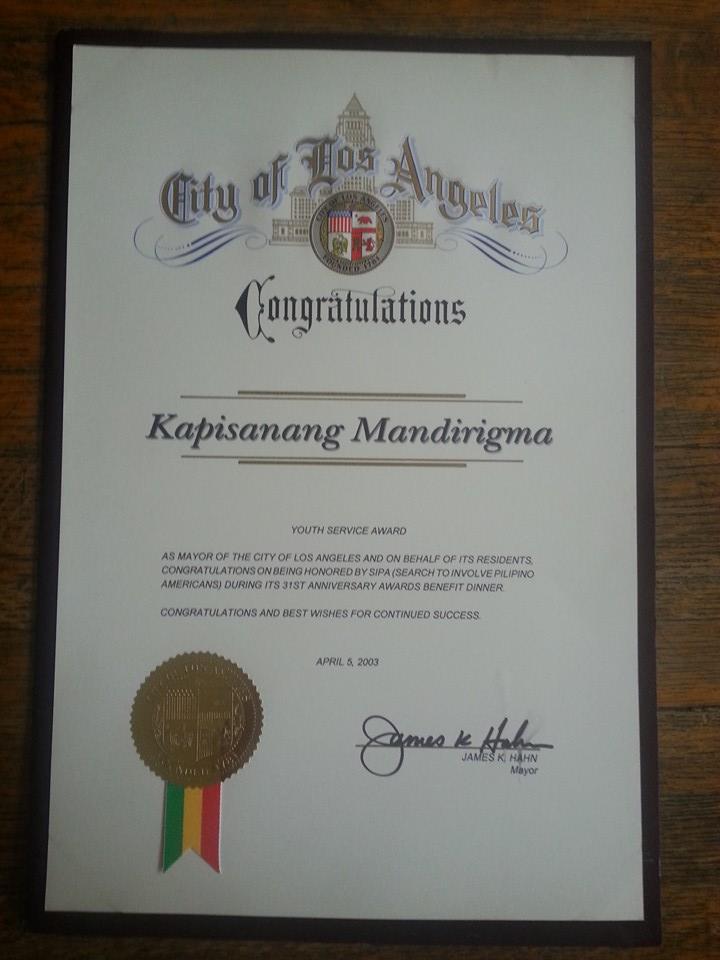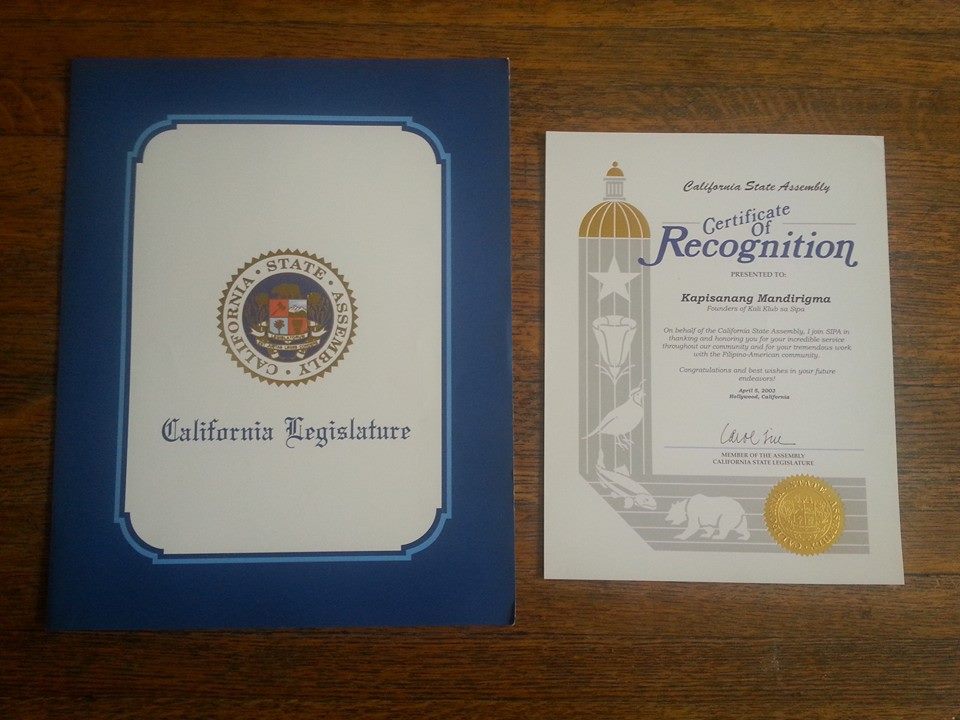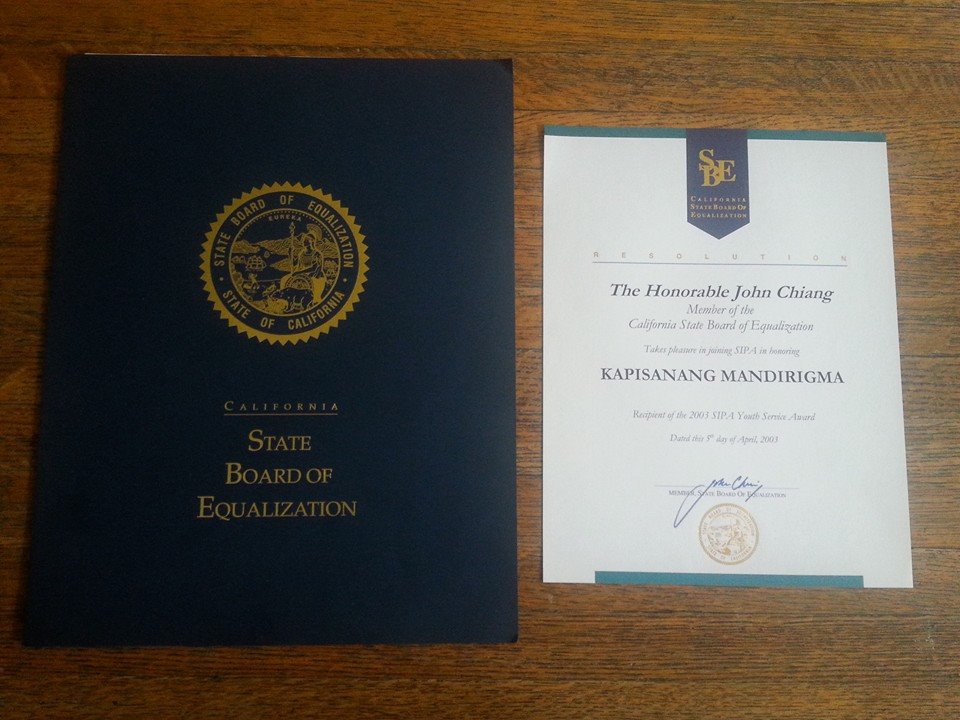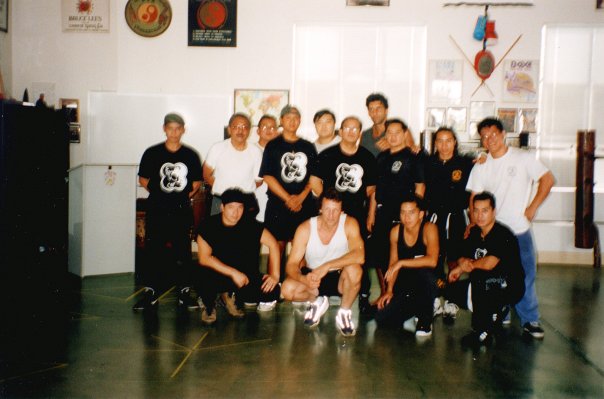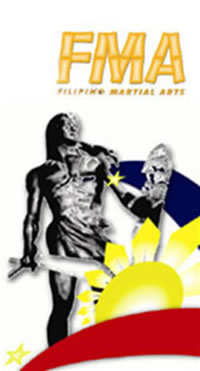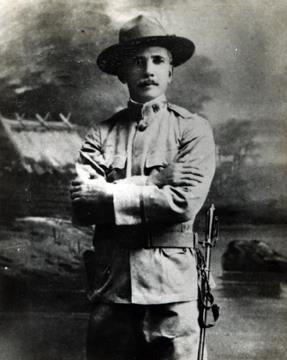Photo Archive: Lameco Practitioners & Friends at the Dog Brothers Gathering in 1997
Photo courtesy of Arnold Noche.
This photo was taken in 1997. It was at the Dog Brothers Gathering in Hermosa Beach, California. Arnold was in town from NYC.
Some of the people in the photo: Arnold Noche, Dino Flores, Ron Balicki, Diana Inosanto, Sebastian, Al, Perla, JP, Crafty Dog, Hans Tan, Nick Papadakis, Sung Han, Felix and Dogzilla.


